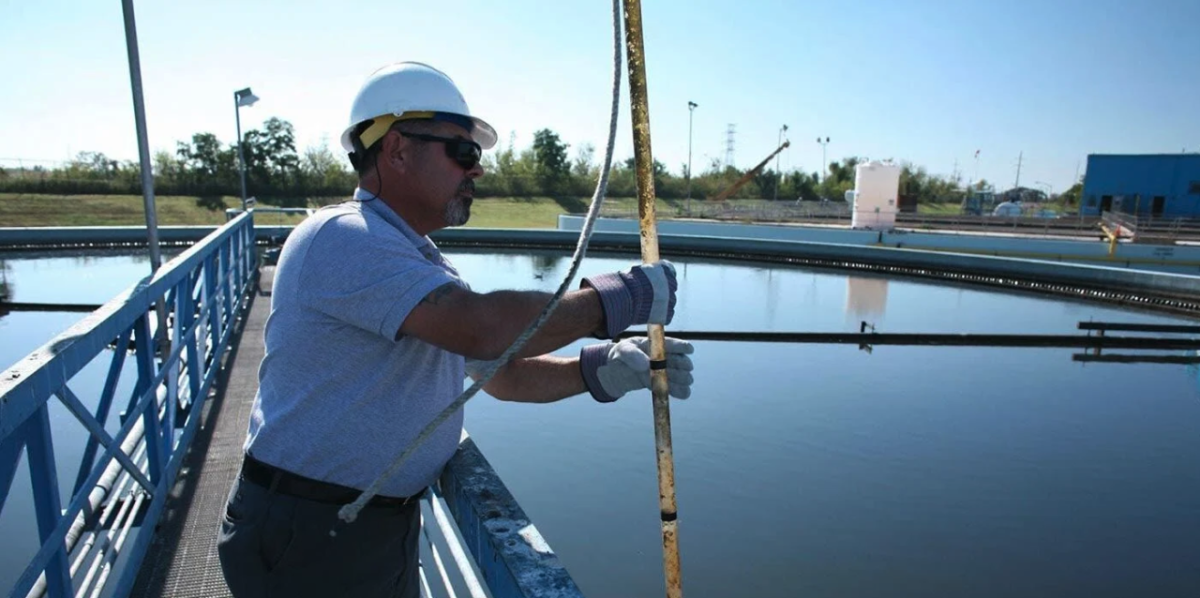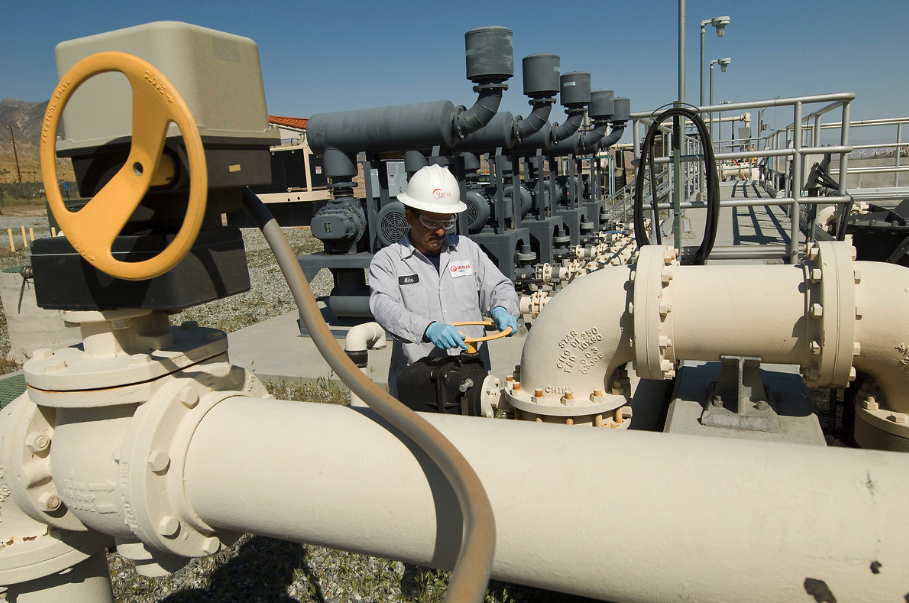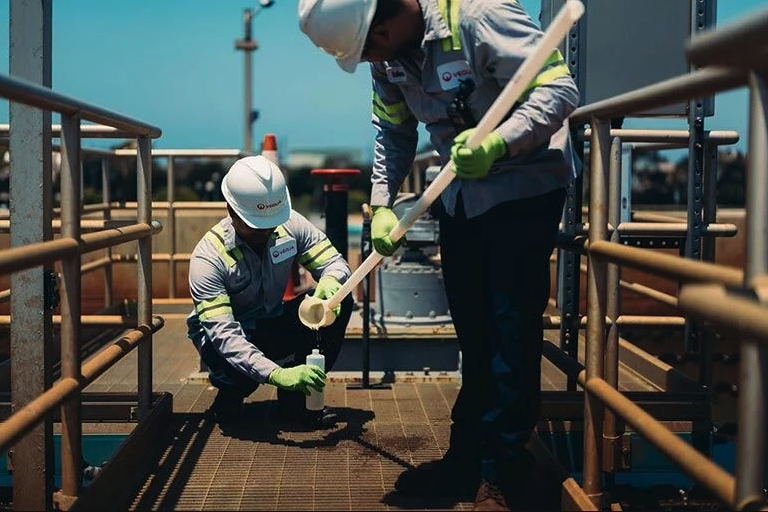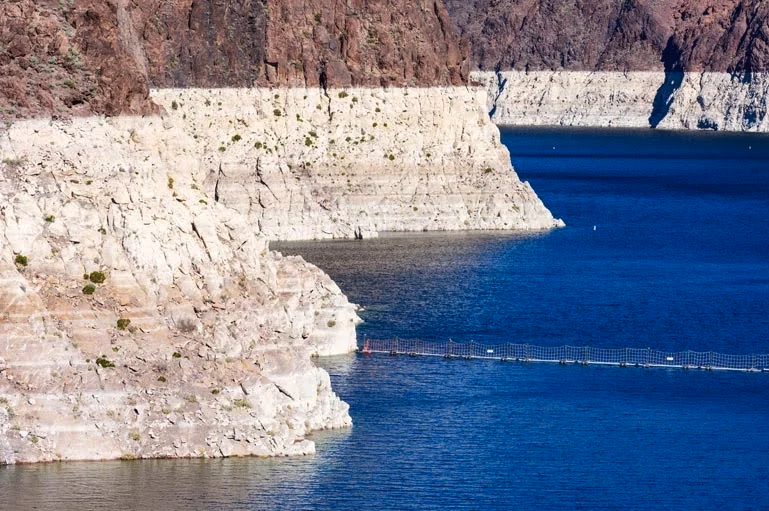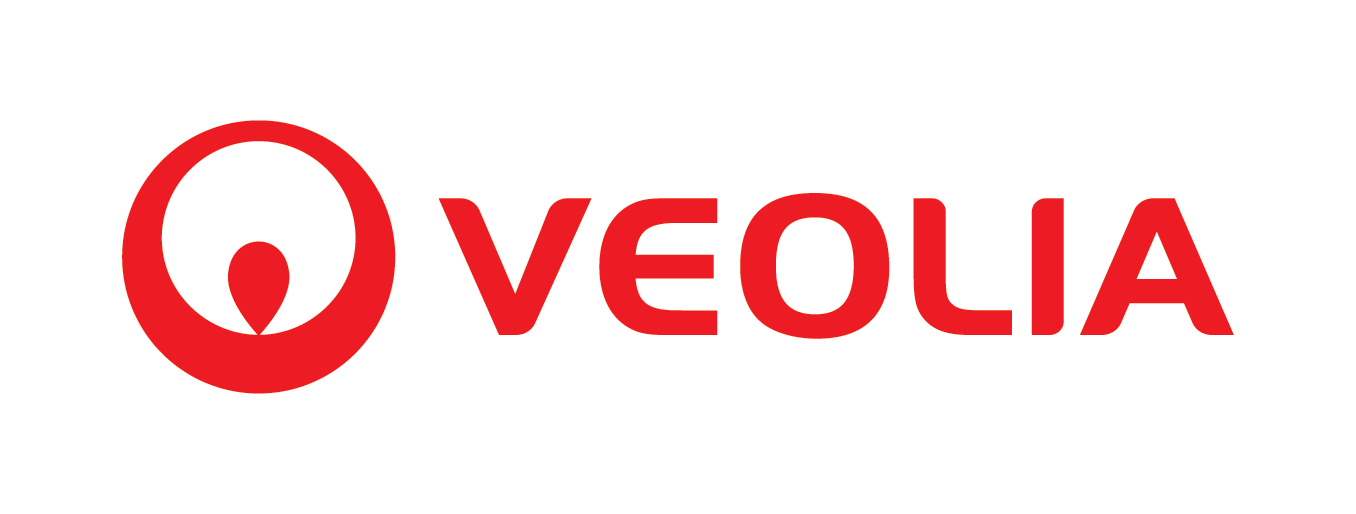What Are the Top 10 Challenges Water Utilities Face (And What Can We Do About Them)?
Everyone needs water. But running a water utility is never easy, and many are now going through a period of change and adaptation. From aging infrastructure, to workforce development changes, to regulatory compliance, we’ll highlight some of the challenges water utilities are facing right now and how you can address them.
1. Aging Infrastructure
Much of our modern drinking water systems in the U.S. were conceived at the start of the 20th century, with our wastewater treatment systems following in the latter half. They are now aging and rapidly causing municipalities across the country to invest heavily in upgrades.
According to the American Society of Civil Engineers (ASCE)’s latest Infrastructure Report Card, the U.S. scored a C+ on drinking water infrastructure and a D+ on wastewater infrastructure. We are currently losing 6 billion gallons of treated water each day through our leaky distribution systems and approximately 81% of our wastewater treatment plants are already at design capacity, with 15% over it.
While drinking water has improved from our last grade of D in 2017, the grade for wastewater remains the same. Both drinking and wastewater infrastructure have hovered around the D mark since the survey was first formally launched in 1998 (by then our systems were already considered to be aging) and have a long way to go until we reach a healthy and well functioning state.
In addition to upgrading existing facilities and designing new ones, a successful asset management program can help prioritize maintenance and repairs to keep our infrastructure running better for longer.
2. Technology
Emerging technology is having a big impact on how our water systems are going to look and function in the future. More modern facilities are implementing smarter metering programs and using AI in digital performance tracking to help anticipate problems before they occur in collaboration with remote expertise to navigate crises with confidence.
With all the technology entering the market, it can be challenging to filter out which products will improve efficiency and which are unsuitable or even a scam. It’s a good idea to verify technologies through pilot testing or simulations before committing to a full-scale installation.
The rate of cyber attacks has also risen over the past year with more than 70% of the systems inspected by EPA in violation of basic cybersecurity requirements, leading to an urgent need for better technological defenses and cyber safety protocols. Implementing information systems with enhanced security protocols can help to protect against external threats, but only by instituting a comprehensive staff training program can utilities ensure that their facilities are truly safe.
3. Workforce Development
Although technology has come a long way, we still need people to run our facilities. 85% of water utilities have less than 4 employees and a third of the current water sector workforce is expected to retire in the next decade. A shrinking workforce means that more tasks are falling behind: leaky pipes may take longer to repair, exhausted operators may make mistakes in treating water, personalized customer service may be replaced by a call robot. The EPA is worried that there won’t be enough individuals entering the water industry to replace them and that valuable water sector knowledge may be lost in the transition. Water companies can and should prioritize recruiting and training a workforce that can take over when the aging workforce retires.
4. Regulatory Compliance
The EPA sets the regulations, states enforce them and local municipalities are in charge of actually running the day-to-day. Moreover, states sometimes enforce additional regulations, leading to a confusing tangle that utilities have to navigate.
Shifting regulations also result in the potential need for new or upgraded equipment and recalibrating operational procedures. For example, the federal PFAS regulations released in April 2024 have caused a lot of discussion, with utilities scrambling to reach compliance in the 5 year deadline.
If you’re not sure whether your facility is meeting regulations, a comprehensive audit may be useful for identifying which areas are out of compliance and where improvements can be made.
5. Contaminants of emerging concern
As time goes by more contaminants are added to the regulated list including:
- Contaminants we did not have the technology to detect before
- New contaminants being discovered and manufactured
- Substances previously thought harmless are now linked to adverse health effects
The EPA has lists of contaminants that it keeps an eye on and that it thinks are a good candidate for regulation. One group currently being monitored consists of Pharmaceuticals and Personal Care Products (PPCPs). Other contaminants that the EPA is concerned about include perchlorate, surfactants, microorganisms, microplastics and endocrine disrupting chemicals.
Because this list is always changing, it helps to partner with a knowledgeable company that monitors these regulations and works with you to meet compliance, so you can focus on your day to day work.
6. Water source protection
Water quality isn’t the only issue that utilities are facing — water availability is also an increasingly critical challenge.
Many regions face drought. Moreover, the overuse of aquifers has resulted in groundwater depletion and a lowering water table. Water may become more difficult (and expensive) to pump from wells and more vulnerable to saltwater intrusion. When freshwater is at a higher elevation than seawater, freshwater flows into the ocean; however, when that gradient is reversed, sea water begins to contaminate our freshwater aquifers. As such, recharge programs that return water and treated effluent to aquifers have become increasingly popular and water reuse programs are being considered more seriously in water scarce regions.
7. Climate change
Climate change has intensified weather events, many of which relate to water. Droughts affect water availability, empty or low reservoirs also result in increased contaminant levels. Wildfires release airborne particulates that contaminate nearby water sources. Storms can overtax combined sewer systems leading to the discharge of untreated effluent into waterways. Regions that have not historically experienced winter freezes may have exposed pipes that will burst in sub-zero temperatures. Flooding causes infrastructural damage that puts all of our water systems at risk.
Moreover, design criteria for water systems traditionally relies on historical climate data projected into the future; our uncertainty about what climate will look like going forward makes this unreliable. Ultimately we need to build resilience into our systems to prevent them from breaking down in unpredictable climate events.
8. Population dynamics
Rural areas, with more miles of pipe between each customer, have always been hit harder by population fluctuations. The past few decades have seen migration into cities and urban areas, leaving some rural utilities with a declining user base that no longer covers the cost of operating their systems. On the other hand, in many urban areas despite increasing populations, utilities have been largely successful in implementing water conservation programs and water usage has remained relatively stable.
For smaller utilities with declining populations, consolidation with neighboring utilities can result in economies of scale and more financial resilience; purchased water contracts are also an option when maintaining a treatment plant is too costly. Decentralization is a more novel approach that would localize treatment to cut down on distribution costs and be more flexible to set up and take down in times of population fluctuations.
9. Financing
Municipal utilities face the brunt of the public pressure to keep the costs of essential services low. Water affordability metrics calculate how much the local community can be expected to pay, but the actual cost of water sourcing, treatment and distribution can be very different from what these metrics suggest.
Increasingly stringent water quality regulations have resulted in upgrades to utilities’ treatment capabilities and aging infrastructure has resulted in escalating maintenance costs. The cost of providing drinking water has increased substantially over the past couple of decades; unfortunately average household income has not increased nearly as much.
Municipalities may consider contracting out their utility to the private sector, through public-private-partnerships, which could bring private funding and efficiencies of scale to lower operating costs and relieve the burden on the utility.
10. Public trust
Not only do utilities need to evaluate their operations and invest in new or better treatment and distribution technologies, they should also make sure that the public is kept aware of all the steps they are taking to ensure water quality. Clear communication and respect for the public’s right to know what’s going on with their water is the only way to rebuild trust in our water systems.
Despite all the challenges that utilities are currently facing, both industry and government alike are coming together to help develop new solutions, support utilities and create a modern, resilient water infrastructure system for the future!

